weeping katsura tree problems
Additionally this tree is drought-sensitive and should be watered in dry conditions. The only problem we have had is the bark is spliting on the south and west sides of the trunk.
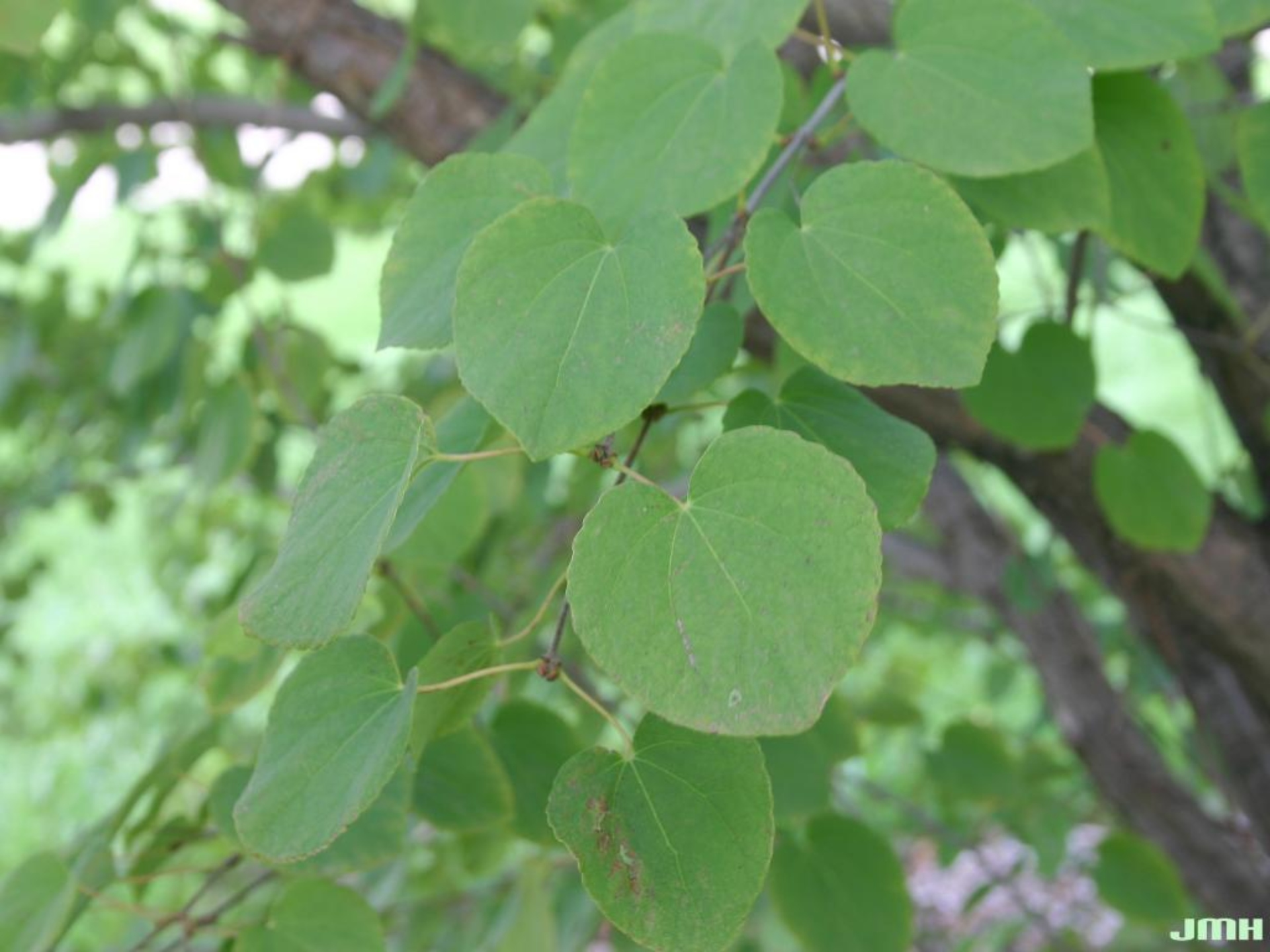
Katsura Tree The Morton Arboretum
Wrapping the tree with tree wrap each winter can reduce the occurrence of this problem.

. There are two main types of Katsura tree. The katsura tree is best planted in the spring to allow root development. It has very nice heart shaped leaves that take on a beautiful blue-green color during the growing season.
In autumn the leaves turn shades of yellow and orange and may emit a burnt-sugar scent. Both come from Japan and Eastern China. Weeping Katsura Tree Cercidiphyllum japonicum Pendulum.
Especially considering how easy it is to care for. Fall color is orange-bronze. It is difficult to control the size of a tree but there are some smaller varieties of Katsura Tree.
This tree is not associated with any serious pests or diseases. Routinely grown with or trainable to be grown with multiple trunks. If many shrubs or other trees are planted nearby it might end up smaller than if it was alone.
It is a deciduous single or multi-trunked understory tree with a dense rounded habit that typically matures to 40-60 tall in cultivation but can reach 100 or more in the wild. Sir-sid-ih-FIL-um jah-PON-ih-kum forma PEND-yew-lum. Katsura tree Year around interest.
Description For those that like weeping trees Weeping Katsura should be considered. The size will probably depend on the site and the variety you have. 15 to 25 feet high and 20 to 25 feet wide.
Morioka Weeping is a deciduous tree with a dome-shaped weeping habit and may eventually reach a height in excess of 20m. List of pests diseases and tolerances. Bark can split on the lower southwest facing portion of the trunk.
It is grown for its beautiful shape and its attractive foliage. The Magnificent Morioka Weeping Katsura Tree has been one of the most enchanting specimen plants around and truly lives up to its reputation of being incredibly captivating. An upright oval reaching 30 feet high and 16 feet wide.
However gardeners should be aware that the weeping katsura is intolerant of drought and that the tree must also be protected from the direct exposure to wind. The tree reaches a height of 15 to 30 feet with a cascading irregular canopy and spectacular yellow with some red fall color. Branches that weep all the way to the ground can be attractive but they can also make it next to impossible to grow grass beneath it.
Red Fox Katsura Tree Cercidiphyllum japonicum Rot fuchs. Common Problems With Katsura Trees Browning Leaf Edges Yellowing Leaves. This is a wonderful tree to have in the gardens makes a wonderful garden anchor.
Repeated instances of leaf scorch can make the tree more vulnerable to insects and disease. Finally branches can droop as the tree ages so gardeners will want to trim thee back to relieve. If the leaf edges are turning brown and the center of the leaves are yellowing.
The kids will enjoy hiding inside its canopy and even long after theyre grown the caramelly-sweet scent of its autumn leaves will be forever etched into their memories of home and playing under that tree. When a deciduous plant starts to take on an early fall colour this may suggest the plant is under stress either from cultural andor environmental sources. Lightly prune out suckers and dead wood in spring and apply a 10-10-10 balanced granular fertilizer to the root zone of the plant.
On Aug 18 2006 justmarsha from Bryan OH Zone 5a wrote. Bark can split from environmental stress due to temperature fluctuations high winds or excessive. The biggest drawback is the chance that the bark will split in the winter time.
Its also a tree I WONT let my wife talk me into planting at our new house more on that below. Sadly katsura is becoming an endangered plant species in China due to. No serious pests or diseases.
It is shallow-rooted and will benefit from a layer of mulch to maintain a cool root environment. The leaves and fruit of the weeping katsura are not known to be poisonous to humans or pets making the tree safe to plant in the yard. Water the fertilizer in well.
The leaves are beautiful. Katsura trees should be pruned in late winter or early spring just as new growth begins. Problem Trunk and Branches Trunkbarkbranches.
The heart-shaped leaves emerge reddish-purple in spring before turning blue-green. However their shallow root system may pose a problem. Katsuratree has proven to be a fairly pest and disease free.
Katsura trees can also develop suckers along the trunk. The Weeping Katsura Tree forms a broad umbrella shape that will sweep the ground if left unpruned. The katsura tree is susceptible to leaf scorch a widespread plant disorder.
Requires pruning to develop strong structure. These compete with the tree for water and other nutrients and should be removed. This is a deciduous tree that grows to 25 in height and 15 in width at full maturity.
And even if the grass does grow getting the mower underneath the branches can be a royal pain often leading to broken tree. The Katsura tree Cercidiphyllum japonicum is a great shade tree with four season interest. The Katsura tree can make an excellent specimen or shade tree in landscapes.
8 rows Tree has outstanding ornamental features. Weeping katsura tree problems Thursday March 3 2022 Edit. Young Katsura tree care requires tree wraps and slings to protect the thin bark and establish a firm strong shape.
Unlike some trees grown for their showy blossoms or fruit the fruit and flowers of. Droop as the tree grows and will require pruning for vehicular or pedestrian clearance beneath the canopy. Leaf scorch is common in hot dry sites.
Problems of Katsura Tree. No serious problems with pests are known. This low-maintenance tree grows to be about 40 feet tall and wide when given property care by planting it in full to partial shade with rich well-drained soil.
No thorns Pruning requirement. Branches that weep all the way to the ground can be attractive but they can also make it next to impossible to grow grass beneath it. It takes 40-50 years or more to reach that size.
Katsura Tree Cercidiphyllum japonicum usually does not have any major issues with insects or diseases. Cercis-like opposite heart-shaped blue-green leaves are borne on stiff slender pendulous branches that fan out from the crown and sweep the ground. Bronze purple spring foliage turning bronze-green in summer.
There are stunning varieties that have a lot to offer. This deciduous small tree initially has a pyramidal form and later rounded. October 22 2006.
Cercidiphyllum japonicum commonly called katsura tree is native to Japan and China.
:max_bytes(150000):strip_icc()/growing-weeping-katsura-trees-5079419_06-b0e181ee6da34b60a7c8ce621164a278.jpg)
Weeping Katsura Plant Care And Growing Guide
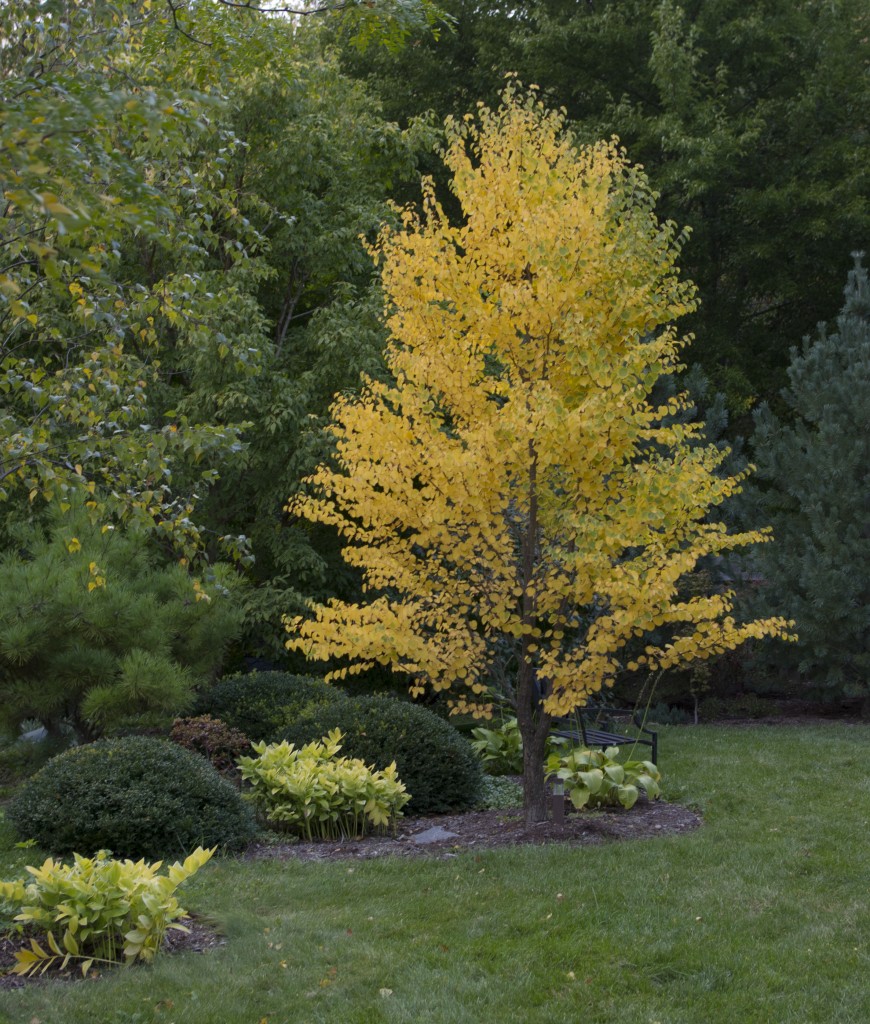
Katsura Tree Is A Great Four Season Interest Shade Tree

Katsura Tree Simple Growing And Caring Info
:max_bytes(150000):strip_icc()/growing-weeping-katsura-trees-5079419_01-1fe074e743644828b5d16d2e5831aee7.jpg)
Weeping Katsura Plant Care And Growing Guide
:max_bytes(150000):strip_icc()/growing-weeping-katsura-trees-5079419_05-2d880831bd8e4f298ec304887db4f490.jpg)
Weeping Katsura Plant Care And Growing Guide

Katsura Tree Is A Great Four Season Interest Shade Tree

Katsura Tree Is A Great Four Season Interest Shade Tree

Problem With Katsura Tree Losing Its Leaves Bcliving
/growing-weeping-katsura-trees-5079419_03-70e329dab44b4864b54af423c9967c9f.jpg)
Weeping Katsura Plant Care And Growing Guide

Katsura Tree Is A Great Four Season Interest Shade Tree

Katsura Tree Cercidiphyllum Japonicum Southern Living Southern Living

Katsura Tree Is A Great Four Season Interest Shade Tree
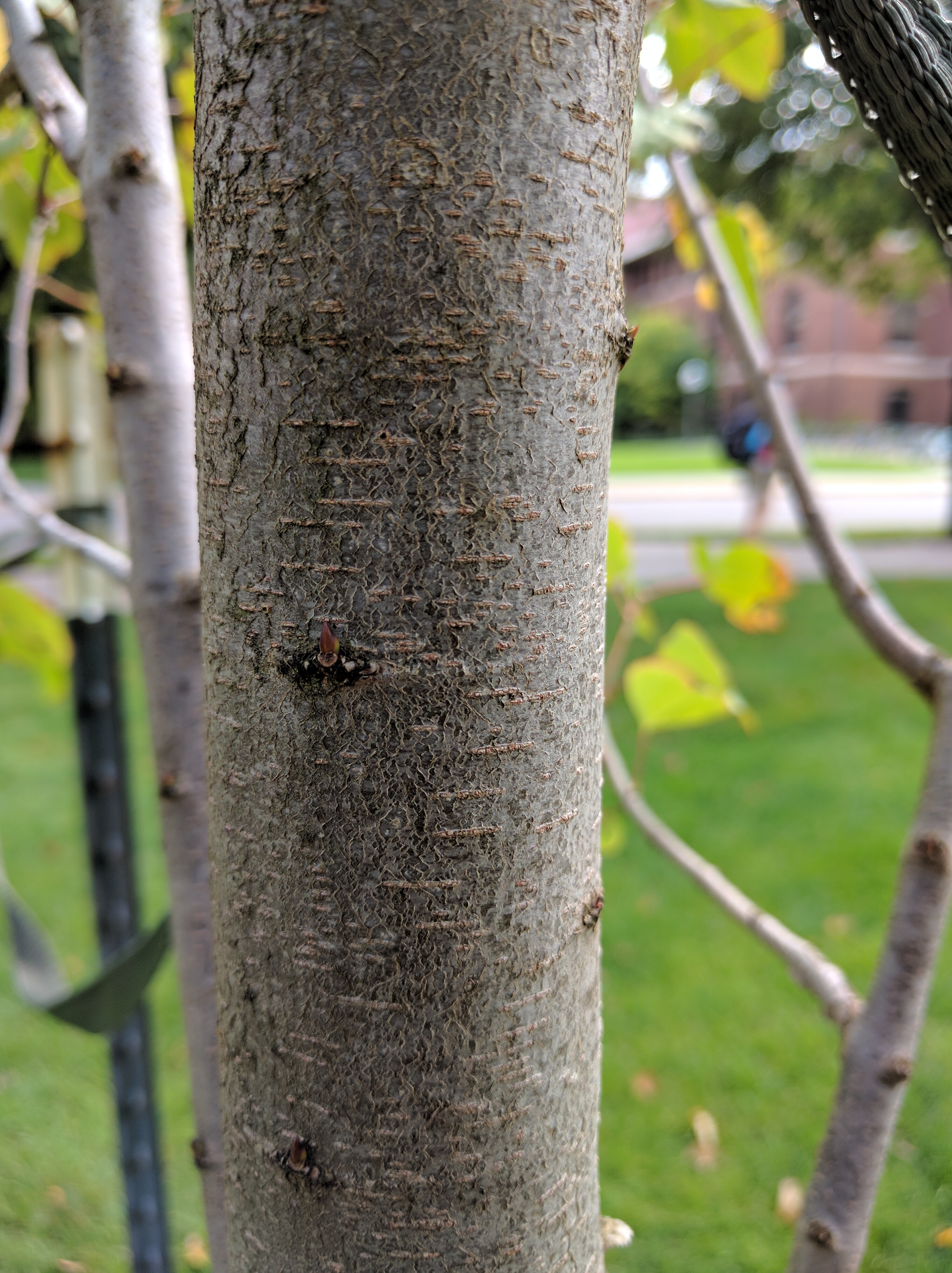
Katsura Cercidiphyllum Japonicum The Ufor Nursery Lab

Cercidiphyllum Japonicum Japanese Judas Tree Katsura Tree Katsura Vine North Carolina Extension Gardener Plant Toolbox
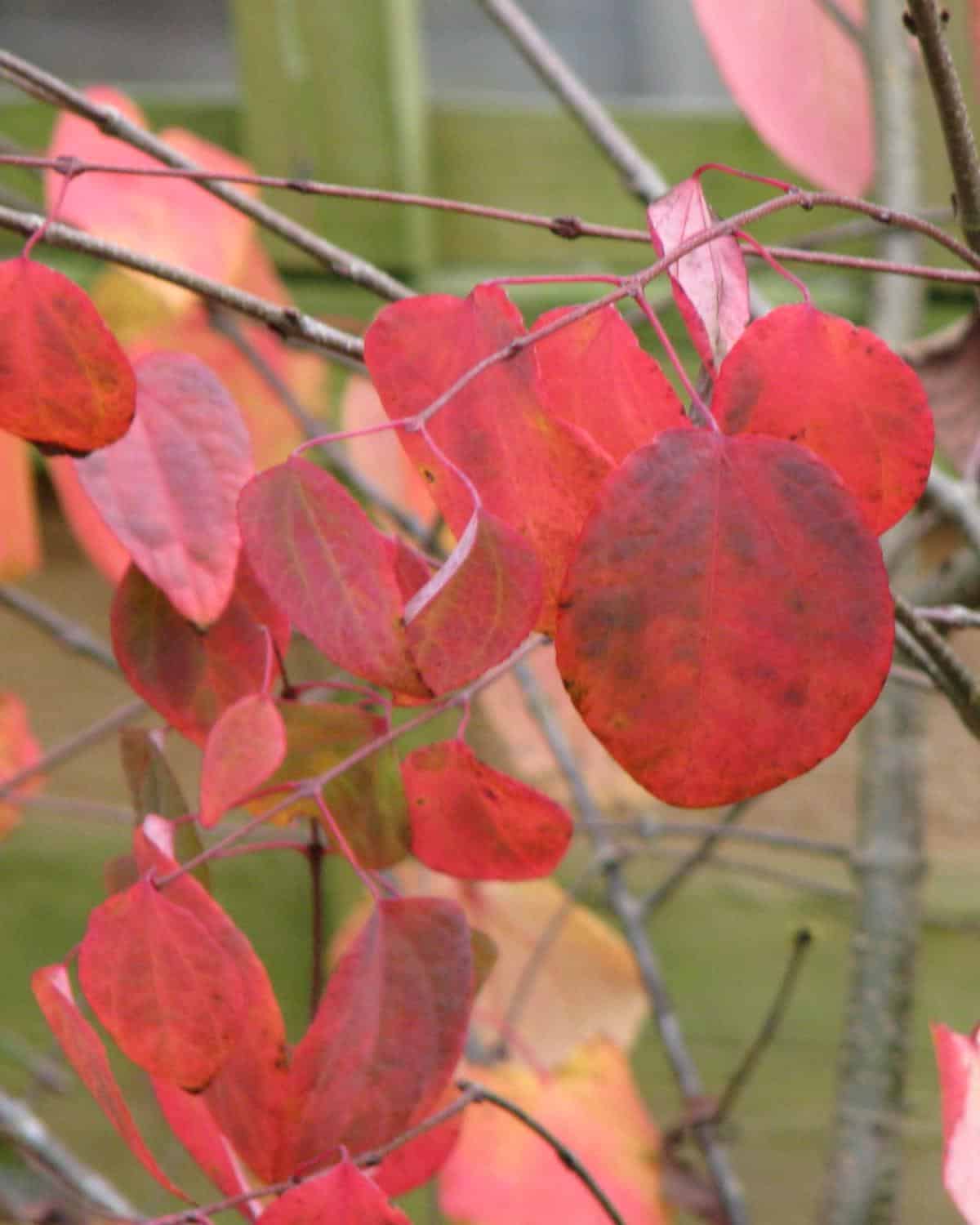
Katsura Sweet Fragrance In Autumn For Caramel Lovers Eye Candy Too

Katsura Tree The Morton Arboretum
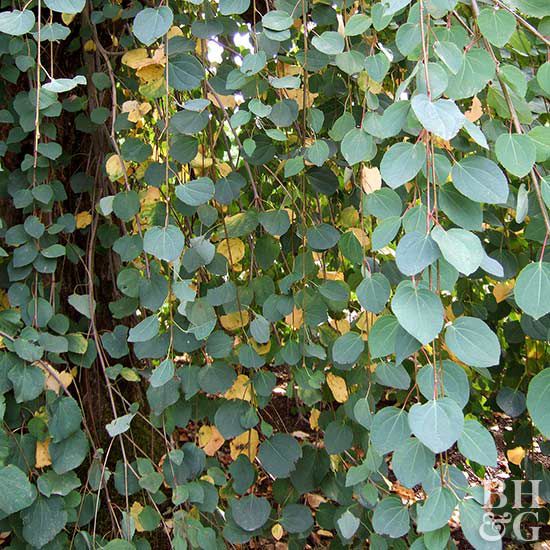
Katsura Tree Better Homes Gardens

Weeping Katsura Katsura Tree Ideal Gardens Beautiful Gardens

Cercidiphyllum Japonicum Pendula Weeping Katsura Tree At The Halifax Public Gardens Katsura Tree Halifax Public Gardens Garden Paths